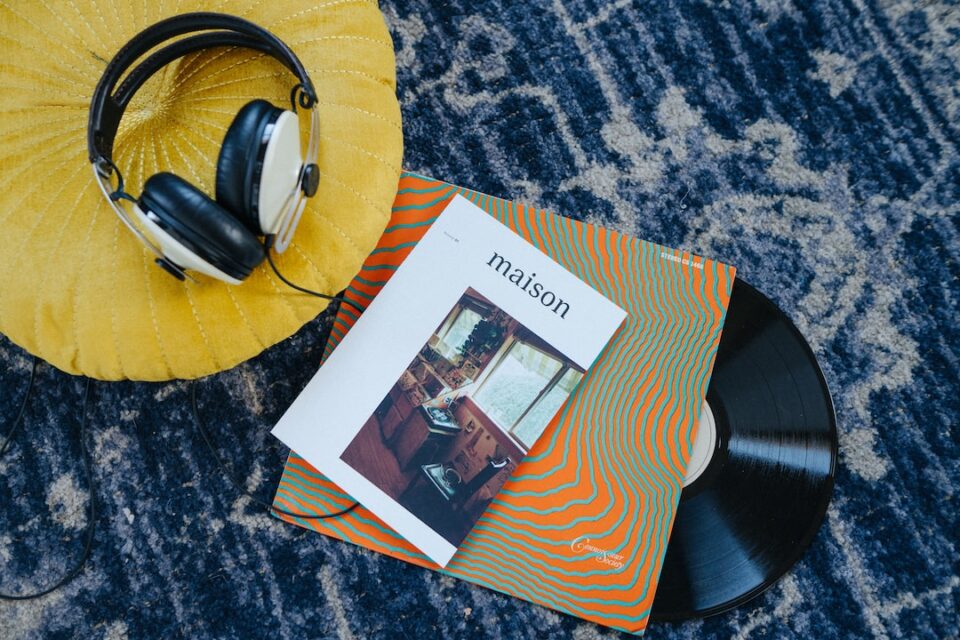The Role of Media in Fostering Cultural Understanding and Inclusivity
In today’s interconnected world, media plays a significant role in shaping our perceptions and understanding of different cultures. The media has the power to bridge gaps, break stereotypes, and promote inclusivity by presenting diverse cultural perspectives. By showcasing stories of individuals from various cultural backgrounds, media platforms like television, movies, and social media can foster cultural understanding and create a more inclusive society.
One of the ways media promotes cultural understanding is by providing exposure to different cultures. Television shows, documentaries, and movies have the ability to transport viewers to different parts of the world, offering a glimpse into the traditions, customs, and daily lives of people from diverse backgrounds. This exposure can break down barriers, challenge preconceived notions, and humanize unfamiliar cultures.
For example, the hit Netflix series “Narcos” explores the rise and fall of the notorious drug lord Pablo Escobar in Colombia. While the show predominantly focuses on the drug trade, it also sheds light on the country’s rich history, cultural heritage, and the resilience of its people. By intertwining the narratives of its characters with the cultural backdrop of Colombia, the show not only entertains but also educates viewers about the country’s complex realities.
Additionally, social media platforms like Instagram, YouTube, and TikTok have become powerful tools for fostering inclusivity and cultural understanding. Through their vlogs, online tutorials, and personal stories, content creators and influencers can showcase their cultures and share their experiences. This kind of content, when shared with authenticity and respect, can provide valuable insights into different ways of life and encourage viewers to embrace diversity.
Moreover, the media plays a crucial role in breaking stereotypes and challenging biases surrounding different cultural groups. Historically, media representations have perpetuated harmful stereotypes, leading to misconceptions and discriminatory practices. However, in recent years, there has been a gradual shift towards more accurate and positive portrayals of diverse cultures.
Shows like “Master of None,” created by Aziz Ansari, shed light on the experiences of Asian Americans and challenge stereotypes surrounding this community. The show presents multidimensional characters who navigate their identities, careers, and relationships, offering a fresh and nuanced perspective. By creating relatable and authentic narratives, media platforms can counteract stereotypes and help cultivate a society that appreciates and values cultural diversity.
Furthermore, media can facilitate dialogue and create spaces for important conversations about cultural understanding and inclusivity. News outlets, talk shows, and online publications provide platforms where individuals from various cultural backgrounds can share their stories, opinions, and expertise. These conversations not only promote understanding but also encourage individuals to challenge their own biases and engage in self-reflection.
An example of such a platform is the TED Talks series, which brings together thought leaders, experts, and change-makers from around the world to share their ideas. These talks often explore themes related to cultural understanding and inclusivity, and they enable viewers to broaden their perspectives and learn from different cultural contexts. By providing a platform for diverse voices, media outlets can influence public opinion and create positive societal change.
While the media’s role in fostering cultural understanding is undeniable, it is important to acknowledge its limitations. Media representation should be authentic, diverse, and inclusive, avoiding tokenism or exoticization. It is crucial to ensure that stories from various cultural backgrounds are told by those within the community, allowing for self-representation and active involvement in the storytelling process.
In conclusion, media plays a significant role in fostering cultural understanding and inclusivity. By providing exposure to different cultures, breaking stereotypes, facilitating dialogue, and showcasing diverse perspectives, media platforms can bridge gaps and create a more inclusive society. However, it is essential for media representations to be authentic, diverse, and respectful of each culture’s complexity. By harnessing the power of media, we have the opportunity to cultivate a society that celebrates and embraces cultural diversity.

